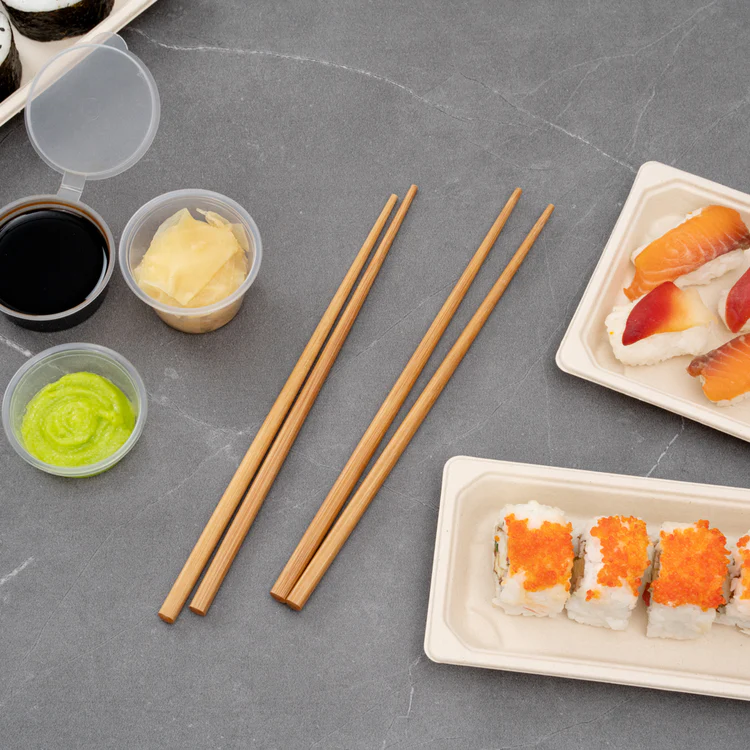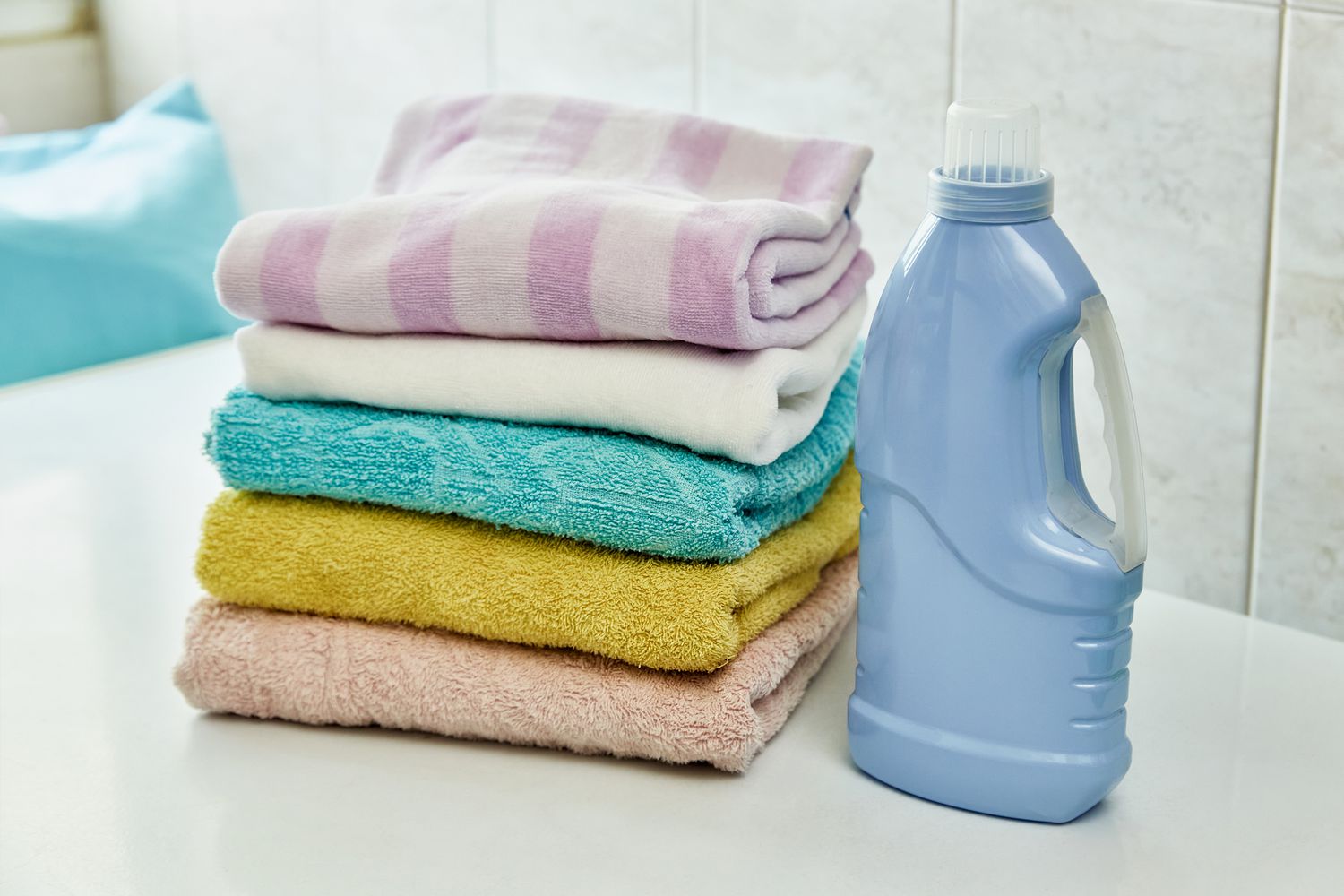
Antistatic Cleaners: Selecting the Right Cleaning Products
Looking to maintain a clean, static-free environment for sensitive equipment? Whether you’re in electronics, telecommunications, or aerospace, choosing the right...

Get 20€ off on your first order!
Choosing the right GN container material is essential for efficient and smooth food service. This guide simplifies the decision, providing clear insights into the benefits of stainless steel, plastic, and polycarbonate containers.
By the end, you’ll know exactly which material fits your needs and how to optimize its use. Plus, discover practical tips for maintaining your containers and pairing them with other essential tools to keep your kitchen running seamlessly.
For a broader overview, explore our GN Containers Buying Guide: Tips For Making The Right Choice.
Stainless steel GN containers are a classic choice for professional kitchens. They are prized for their heat retention and durability.
For more about maintaining stainless steel containers, check out our Cleaning and Maintenance Guide for GN Containers.

Plastic GN containers are lightweight and versatile, making them a popular choice for cold food storage. They effectively maintain low temperatures, ensuring freshness and preserving the quality of salads, desserts, and other chilled items. Additionally, their non-reactive material makes them safe for storing acidic or delicate foods without risk of flavor contamination.
For a full range of plastic food storage solutions, explore our Food Storage Containers.
Polycarbonate GN containers strike a balance between durability and versatility. Made from a transparent, shatterproof material, they are ideal for both storage and visibility.
For other durable and versatile food service options, visit our Food Service Supplies category.
Understanding the strengths and limitations of each material can help you choose the best GN container for your needs. Here’s a detailed comparison:
| Feature | Stainless Steel | Plastic | Polycarbonate |
| Durability | High | Moderate | High |
| Heat Resistance | Excellent (direct heating) | Low | Moderate |
| Cold Compatibility | Moderate | Excellent | Excellent |
| Cost | Higher upfront cost | Budget-friendly | Moderate |
| Weight | Heavy | Lightweight | Moderate |
| Visibility | Opaque | Opaque | Transparent |
For a complete selection of GN-containers, browse our main product category.
Pair your GN containers with high-quality food service tools to optimize your kitchen operations. For example, stainless steel GN containers are well-suited for use with durable spatulas and serving utensils, while plastic containers pair effectively with lightweight takeaway bowls for transport. Explore these categories:
For further guidance on related categories, read our Food Service Supplies: Selecting The Right Products.
We hope this guide has provided valuable insights into selecting the right GN container material, whether it’s stainless steel, plastic, or polycarbonate. From understanding their unique benefits to matching them with your specific needs, we’re here to make your decision easier and your kitchen operations more efficient.
Explore our full range of GN containers on Droppe, featuring trusted quality and durability for every professional setting. Need assistance or advice? Our team is always ready to help you find the perfect solution to enhance your workflow and meet your food service goals.
– The Droppe Team
Yes, most GN containers—whether stainless steel, plastic, or polycarbonate—are dishwasher-safe. Always check the manufacturer’s guidelines for best results.
Absolutely! Lids are available for stainless steel, plastic, and polycarbonate GN containers, ensuring secure storage and transport.
GN containers come in standardized sizes (e.g., GN 1/1, GN 1/2, GN 1/3) to fit universally in kitchen equipment like steam tables and refrigerators.
Plastic and polycarbonate containers are excellent for freezing. Stainless steel can also be used but may become extremely cold to handle.
To reduce staining, avoid storing highly pigmented foods for extended periods and clean the containers promptly after use. Stain-removal products can also help maintain clarity.
Thank you! You've signed up for our newsletter.



















Looking to maintain a clean, static-free environment for sensitive equipment? Whether you’re in electronics, telecommunications, or aerospace, choosing the right...

When it comes to enhancing food service efficiency and customer satisfaction, Disposable Chopsticks are indispensable tools. Whether you run a...

Choosing the right fabric softener doesn’t have to be complicated. This guide is here to help you find the perfect...

Looking to maintain a clean, static-free environment for sensitive equipment? Whether you’re in electronics, telecommunications, or aerospace, choosing the right...

When it comes to enhancing food service efficiency and customer satisfaction, Disposable Chopsticks are indispensable tools. Whether you run a...

Choosing the right fabric softener doesn’t have to be complicated. This guide is here to help you find the perfect...
Get 20€ off on your first order!
Save 30% by buying directly from brands, and get an extra 10€ off orders over €100
Save 30% by buying directly form brands, and get an extra 10€ off orders over €100